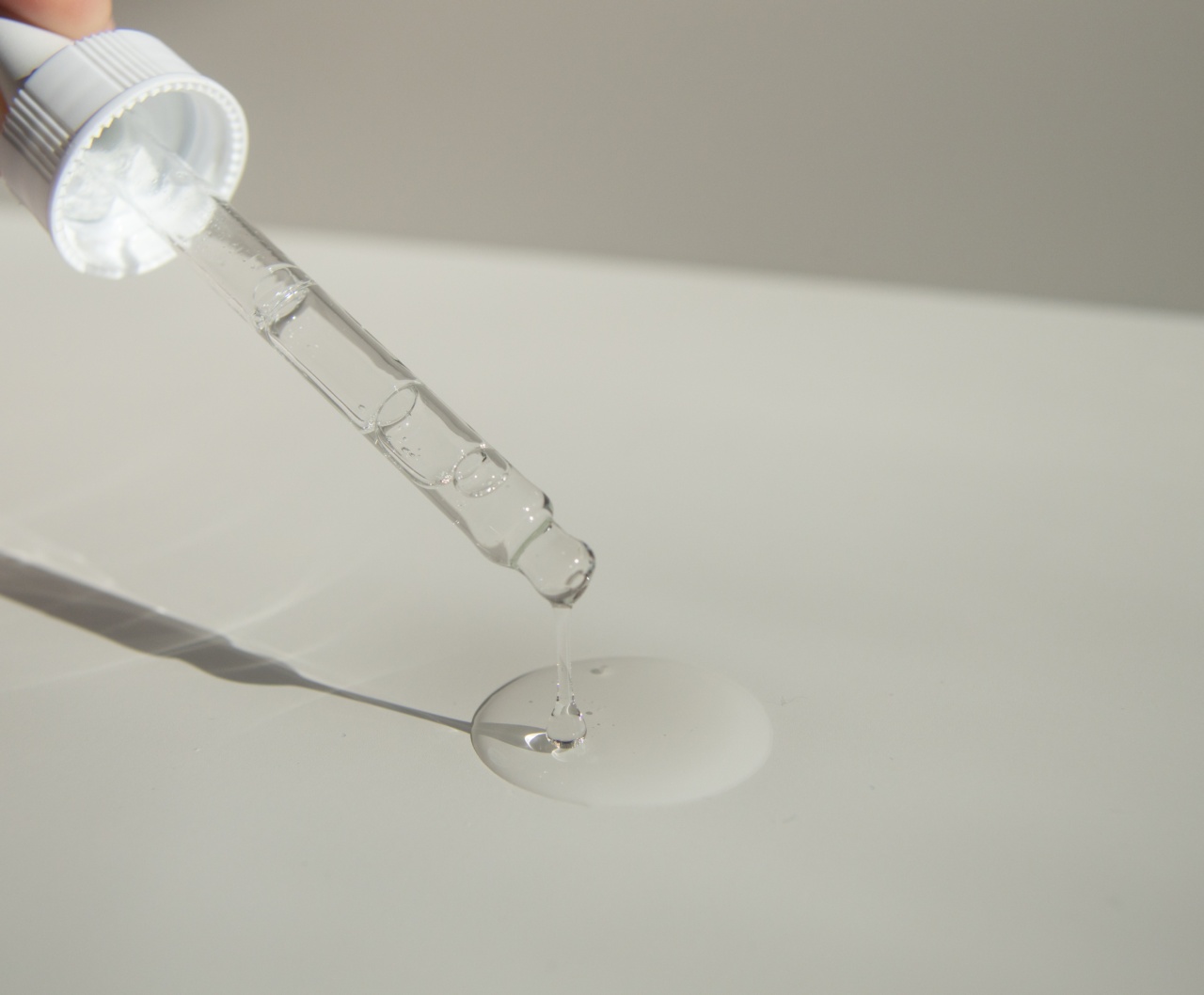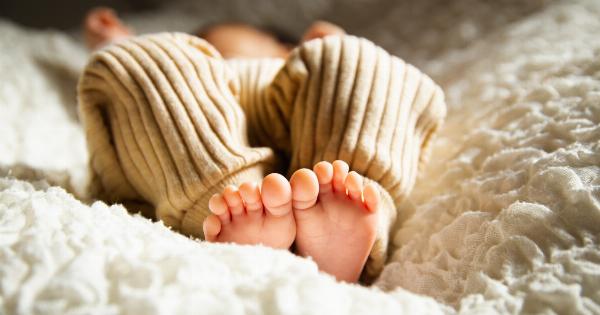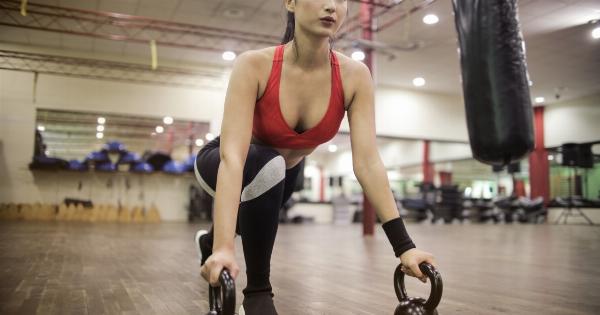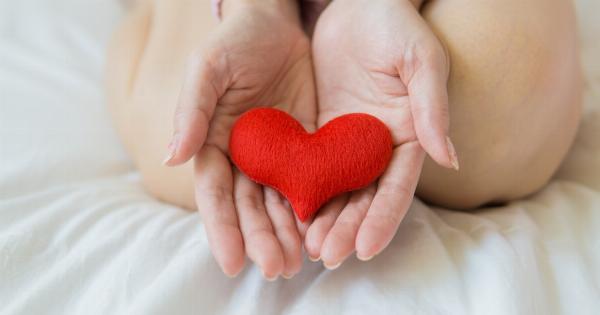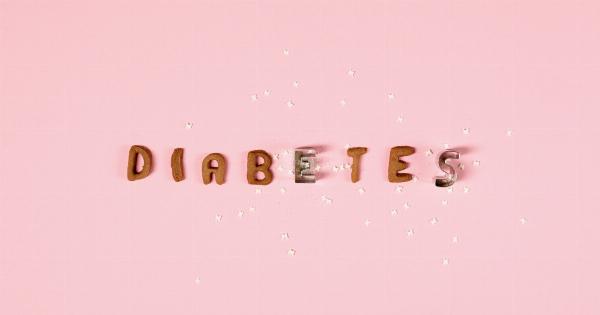Liquid retention is a common health issue that has various symptoms. These symptoms are often misunderstood as they can be mild or severe and can be a sign of other underlying health issues.
If you’re experiencing any of the signs we’re about to mention, it’s essential to diagnose liquid retention symptoms with a simple test.
What is Liquid Retention?
Liquid retention, also known as edema, happens when excess fluids accumulate in your body’s tissues. This retention can occur anywhere in the body, but it usually appears in the feet, hands, legs, and ankles.
This condition is most often harmless and temporary, but if chronic liquid retention is left untreated, it can cause serious health issues.
What Causes Liquid Retention?
There are different causes of liquid retention such as:.
Pregnancy
During pregnancy, there is an increase in bodily fluids that often result in swelling, most commonly in the extremities. This harmless fluid retention usually goes away after giving birth.
Medication
Some medications cause fluid retention, like high blood pressure or heart disease medication. These medications improve circulation, but they can have side effects such as fluid retention.
Inactivity
Fluid often accumulates in body tissue when you sit or stand for extended periods. This is why swelling often happens after a long flight or sitting for many hours without movement.
Heart and Kidney Problems
Heart and kidney diseases can lead to liquid retention as these organs play an essential role in regulating fluids in the body. When they are not functioning correctly, it causes fluids to accumulate and cause swelling in the body.
Identifying Liquid Retention Symptoms
The most apparent symptom of liquid retention is swelling, but there are several other signs to pay attention to. These symptoms include:.
Swelling
This symptom is most commonly found in the extremities, particularly in the ankles, feet, and legs. Swelling can also occur in the hands, arms, or face.
Discoloration
When there’s fluid retention in the legs or feet, the skin may appear stretched and shiny. Some areas may also become red or purple in color.
Pain
Edema can cause pain and discomfort in the areas that are swollen. Swelling places pressure on the tissues and nerves causing pain when touched or unsupported.
Stiffness
When the body retains fluid, it causes stiffness and reduced flexibility in the affected area. This can make it difficult to move the inflamed area comfortably.
Weight Fluctuation
Water retention causes weight fluctuations. This can cause sudden weight gain or weight loss due to dehydration, making it difficult to manage your weight effectively.
Testing for Liquid Retention Symptoms
If you’re experiencing any of the symptoms mentioned, it’s important to get a proper diagnosis. A healthcare professional will conduct a physical examination and perform a urine test, blood pressure reading, and a blood test.
There is also a simple test that you can conduct at home to check if you’re retaining fluid.
The Pinch Test
The pinch test is a simple method of checking for edema at home. To perform this test, you will need to follow these steps:.
- Press down on the skin over the affected area firmly enough to see an indentation in the skin.
- Hold for 5 seconds and then release.
- If the indentation remains visible on the skin for an extended period – usually several seconds – it is likely that you have liquid retention.
Treating Liquid Retention
Treatment for edema depends on the causes and severity of symptoms. In some cases, treatment may not be necessary if it’s mild or due to temporary health issues. Healthy lifestyle choices can help manage fluid retention symptoms.
Physical Activity
Regular exercise and activity can improve circulation and remove excess fluid from the body. Walking or swimming is great exercise options.
Fluid Intake
Managing fluid intake is important to balance fluid retention symptoms. Avoiding alcohol, caffeine, and salt can regulate fluid retention in the body.
Supportive Clothes
Pressure garments like compression stockings can manage fluid retention symptoms. These garments apply pressure, helping to reduce swelling of the affected areas.
Conclusion
Liquid retention or edema is a common health issue that has various symptoms. It’s essential to identify these symptoms and conduct a simple test to diagnose liquid retention.
Treatment for edema depends on the cause and severity of symptoms, but healthy lifestyle choices can help with fluid retention symptoms.
